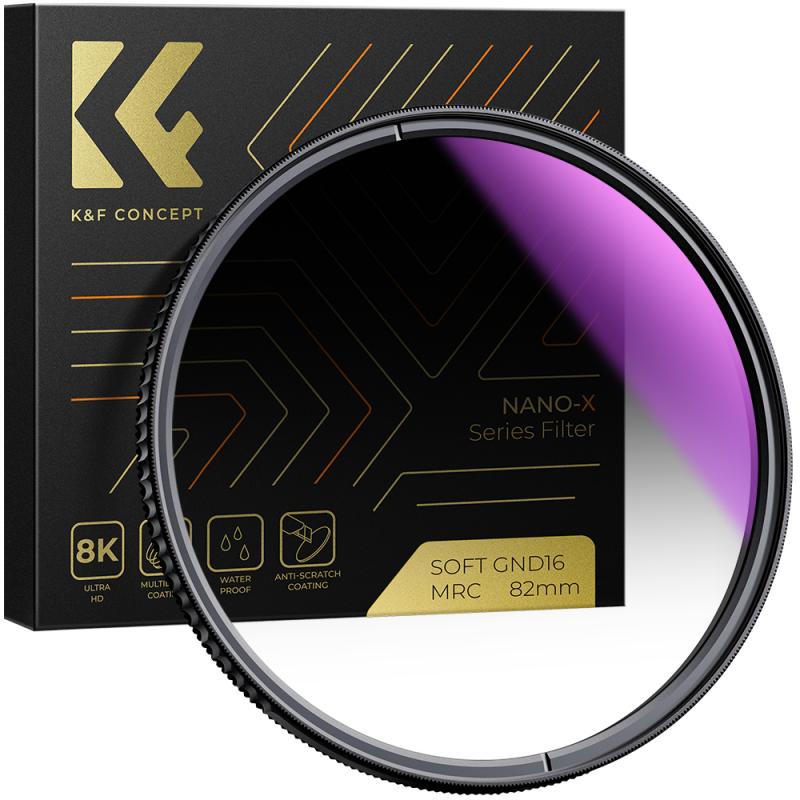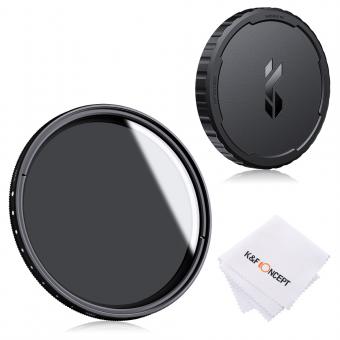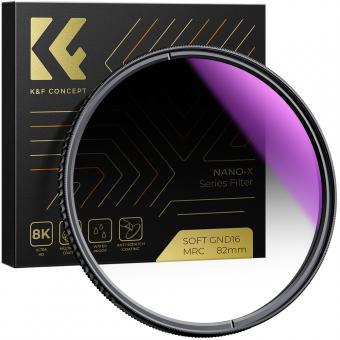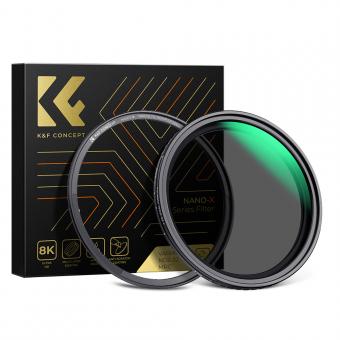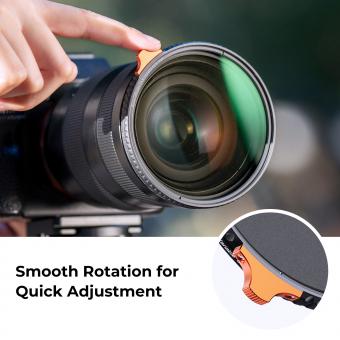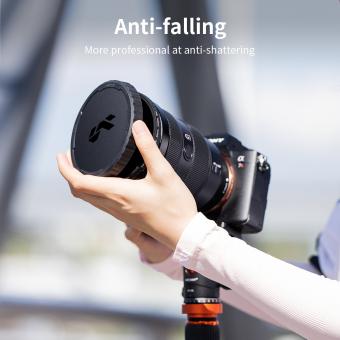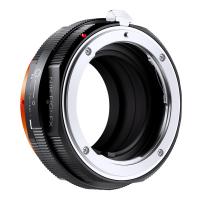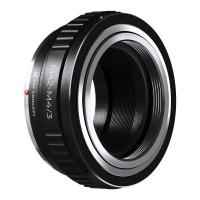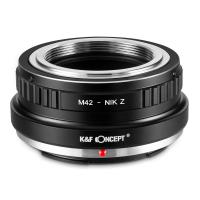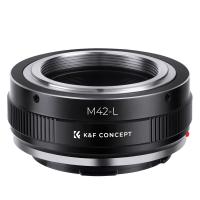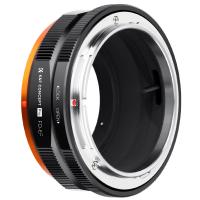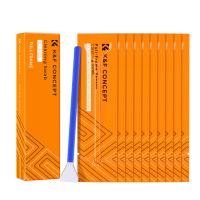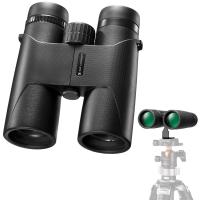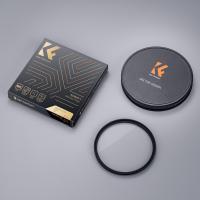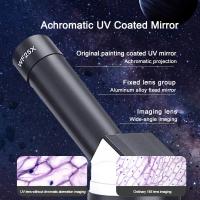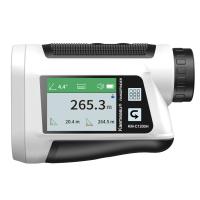What Is Nd Grad Filter ?
An ND grad filter, short for neutral density graduated filter, is a type of camera filter used in photography. It is typically a rectangular or square-shaped filter that is partially darkened on one half and clear on the other half. The purpose of an ND grad filter is to balance the exposure between the bright sky and the darker foreground in landscape photography. By placing the darkened portion of the filter over the sky, it reduces the amount of light entering the camera, preventing overexposure in that area. This allows for a more balanced exposure, capturing both the details in the sky and the foreground. ND grad filters come in different strengths, allowing photographers to choose the appropriate level of darkness based on the scene and lighting conditions.
1、 Definition and Purpose of ND Grad Filter
A ND Grad filter, short for Neutral Density Graduated filter, is a type of camera filter that is used in photography to balance the exposure between the bright and dark areas of a scene. It is a rectangular or square-shaped filter that is typically made of glass or resin and is placed in front of the camera lens.
The purpose of an ND Grad filter is to reduce the amount of light that enters the camera lens in a gradual manner. It is designed with a gradient density, meaning that one half of the filter is darker than the other half. This allows the photographer to darken the bright areas of a scene, such as a bright sky, while keeping the exposure balanced with the darker areas, such as the foreground.
By using an ND Grad filter, photographers can capture scenes with a high dynamic range, where there is a significant difference in brightness between the brightest and darkest areas. This is particularly useful in landscape photography, where the sky is often much brighter than the land. The filter helps to prevent overexposure of the sky while maintaining detail in the foreground.
The latest point of view on ND Grad filters is that they are still widely used by photographers, especially those who prefer to capture scenes in-camera rather than relying on post-processing techniques. However, with advancements in digital photography and editing software, some photographers argue that the use of ND Grad filters is becoming less necessary. They believe that the same effect can be achieved through exposure bracketing and blending multiple exposures in post-processing. Nonetheless, many photographers still prefer the convenience and control offered by ND Grad filters, as they allow for a more accurate and immediate capture of the desired exposure.
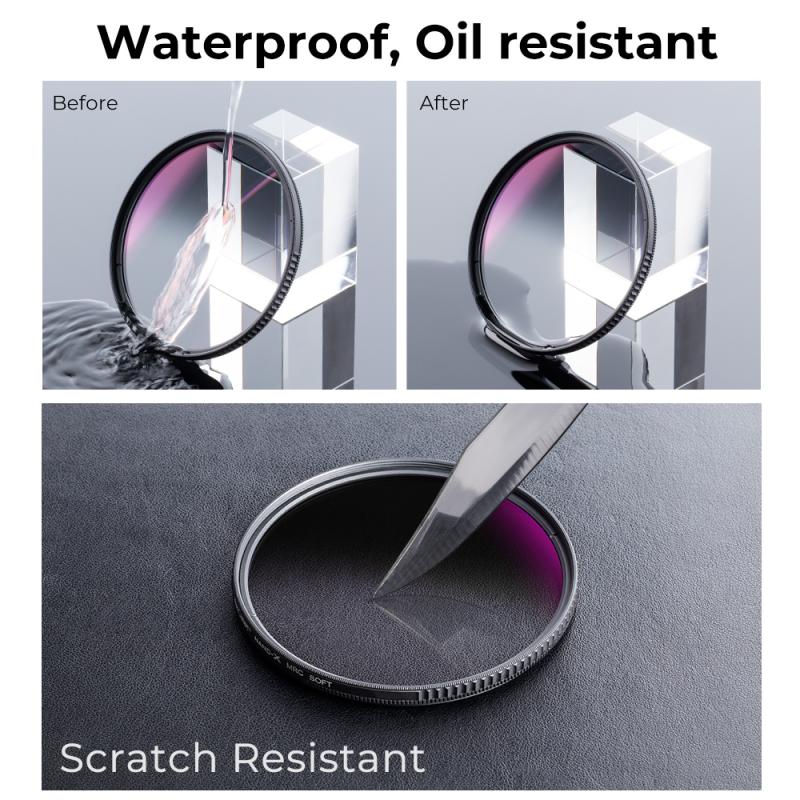
2、 Types of ND Grad Filters
A ND grad filter, short for neutral density graduated filter, is a type of filter used in photography to balance the exposure between the bright and dark areas of an image. It is particularly useful in landscape photography where there is a significant difference in brightness between the sky and the foreground.
The ND grad filter is a rectangular or square-shaped filter that is clear at the bottom and gradually darkens towards the top. This gradient allows the photographer to reduce the amount of light entering the camera from the sky, while keeping the exposure balanced with the foreground. By positioning the darkened portion of the filter over the bright sky, the photographer can capture a well-exposed image with details in both the sky and the foreground.
There are different types of ND grad filters available, including hard-edge, soft-edge, and reverse grad filters. Hard-edge filters have a distinct and abrupt transition between the clear and dark areas, making them suitable for scenes with a clear horizon line. Soft-edge filters have a more gradual transition, making them ideal for scenes with an uneven horizon or objects protruding into the sky. Reverse grad filters are darker in the middle and gradually become lighter towards the top, making them useful for capturing sunrises or sunsets where the brightest part is near the horizon.
In recent years, advancements in digital photography have led to the development of digital ND grad filters. These filters can be applied in post-processing using software, allowing photographers to achieve similar effects without the need for physical filters. However, traditional ND grad filters still offer advantages such as real-time previewing and the ability to capture multiple exposures in-camera.
Overall, ND grad filters are essential tools for photographers looking to balance exposure in high-contrast scenes, and the choice of filter type depends on the specific requirements of the scene being captured.
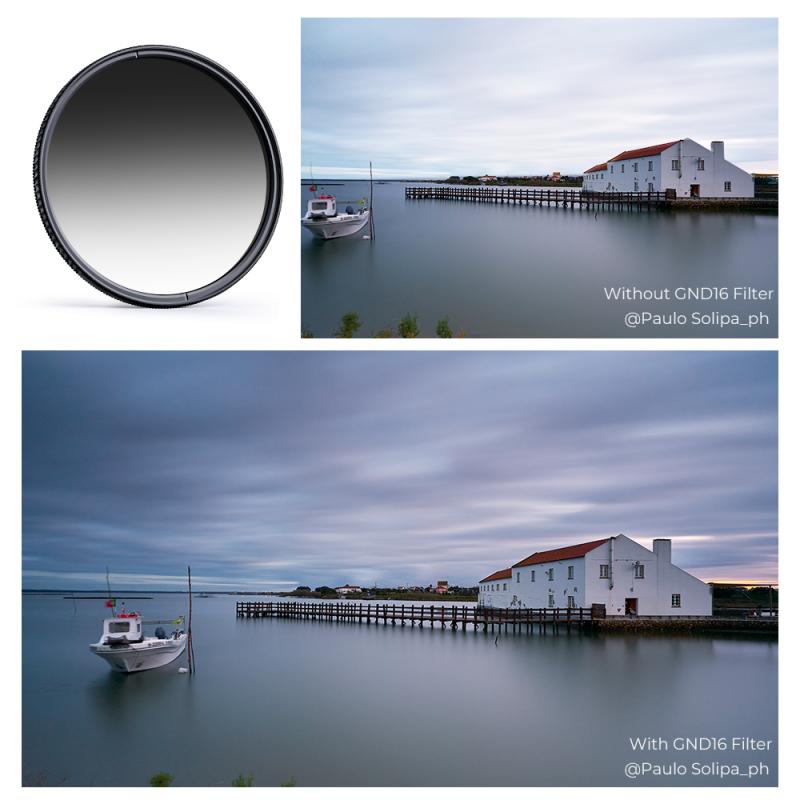
3、 How to Use an ND Grad Filter
An ND Grad filter, short for Neutral Density Graduated filter, is a tool used in photography to balance the exposure between the bright and dark areas of a scene. It is a rectangular or square filter that is clear at one end and gradually darkens towards the other end. The purpose of this filter is to reduce the amount of light entering the camera in specific areas of the image, allowing for a more balanced exposure.
To use an ND Grad filter, you need to attach it to the front of your camera lens or a filter holder system. The clear part of the filter should be positioned over the darker area of the scene, while the darker part should cover the brighter area. This helps to reduce the brightness of the sky or other bright elements in the image, preventing overexposure and allowing for more detail to be captured.
The latest point of view on using an ND Grad filter is that it can be particularly useful in landscape photography, where there is often a significant difference in brightness between the sky and the foreground. By using an ND Grad filter, photographers can achieve a more balanced exposure, resulting in a more pleasing and natural-looking image.
It is important to note that there are different strengths of ND Grad filters available, ranging from mild to strong. The choice of filter strength depends on the specific scene and the desired effect. Additionally, it is recommended to use a tripod when using an ND Grad filter to ensure stability and avoid any unwanted movement during the exposure.
In conclusion, an ND Grad filter is a valuable tool for photographers looking to balance the exposure in their images. By reducing the brightness of specific areas, it allows for a more even exposure and enhances the overall quality of the photograph.
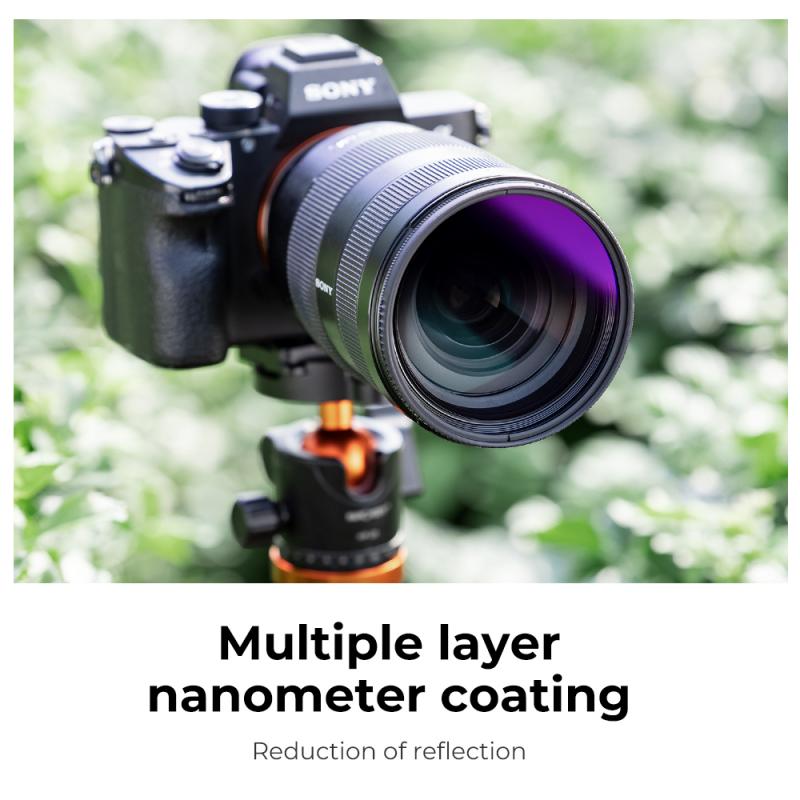
4、 Advantages and Limitations of ND Grad Filters
ND Grad filters, also known as Neutral Density Graduated filters, are essential tools used in photography to balance the exposure between the bright and dark areas of an image. These filters are typically rectangular or square in shape and have a gradient transition from dark to clear. The dark portion of the filter reduces the amount of light entering the camera, allowing for a more balanced exposure.
The primary advantage of using ND Grad filters is their ability to capture scenes with high contrast. By darkening the brighter areas of the image, such as the sky, while keeping the darker areas properly exposed, these filters help to retain detail in both the highlights and shadows. This is particularly useful in landscape photography, where the sky often appears much brighter than the foreground.
Another advantage of ND Grad filters is their versatility. They come in various strengths, allowing photographers to choose the appropriate filter based on the scene's dynamic range. Additionally, these filters can be easily adjusted and positioned within a filter holder, providing flexibility in controlling the transition line between the dark and clear portions.
However, ND Grad filters also have some limitations. One limitation is that they work best when the horizon line is relatively straight, as the gradient transition may appear unnatural if the line is uneven or has complex shapes. Additionally, these filters may not be suitable for scenes with moving subjects, as the transition line may not align properly with the subject, resulting in an unnatural appearance.
In recent years, advancements in digital post-processing techniques have provided photographers with alternative methods to achieve similar results without using physical filters. Techniques such as exposure blending and High Dynamic Range (HDR) imaging have become popular, allowing for greater control over the dynamic range of an image. However, ND Grad filters still offer a more straightforward and immediate solution in the field, without the need for extensive post-processing.
In conclusion, ND Grad filters are valuable tools for photographers, particularly in landscape photography, to balance exposure and retain detail in high-contrast scenes. While they have some limitations, they continue to be widely used due to their versatility and ease of use.
